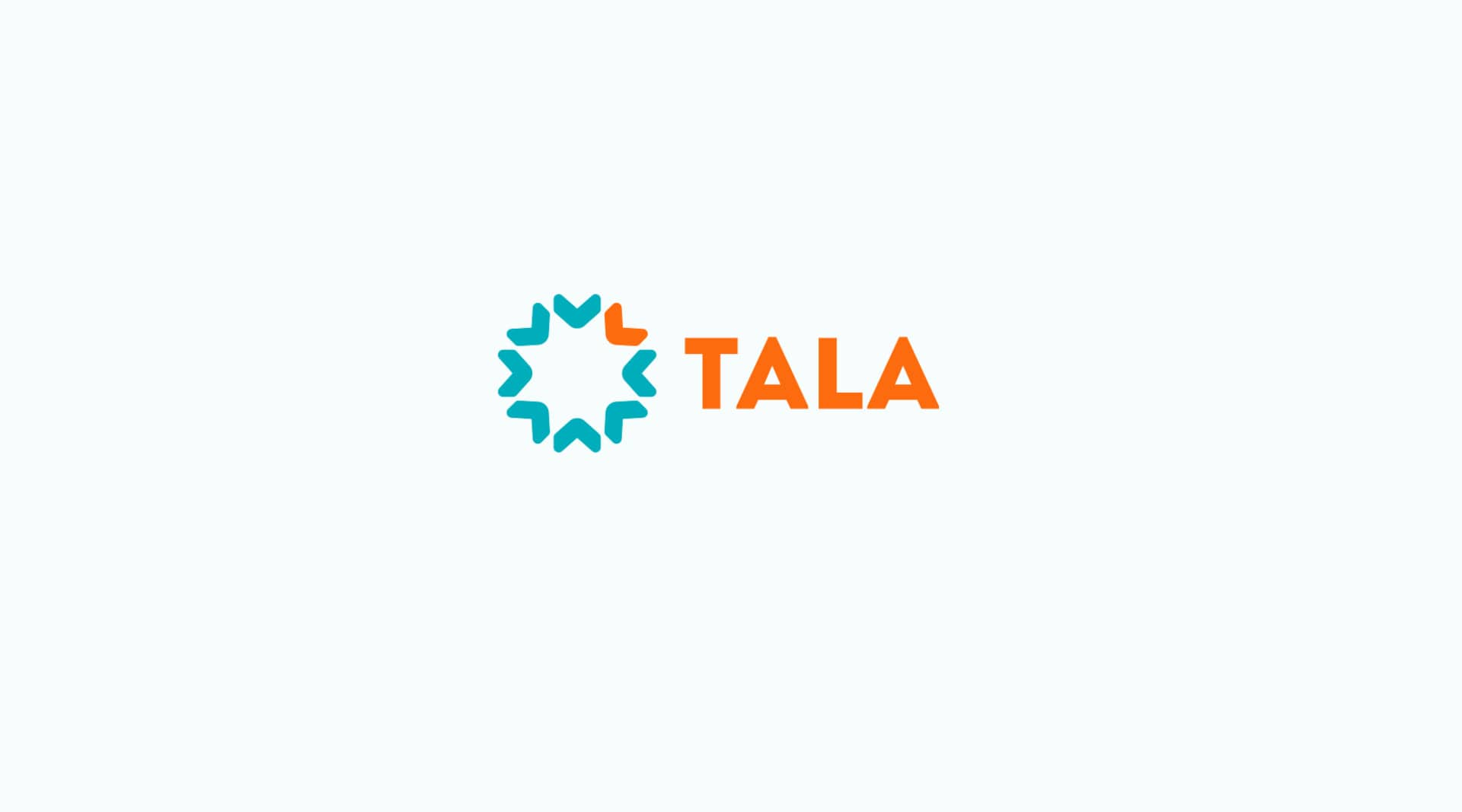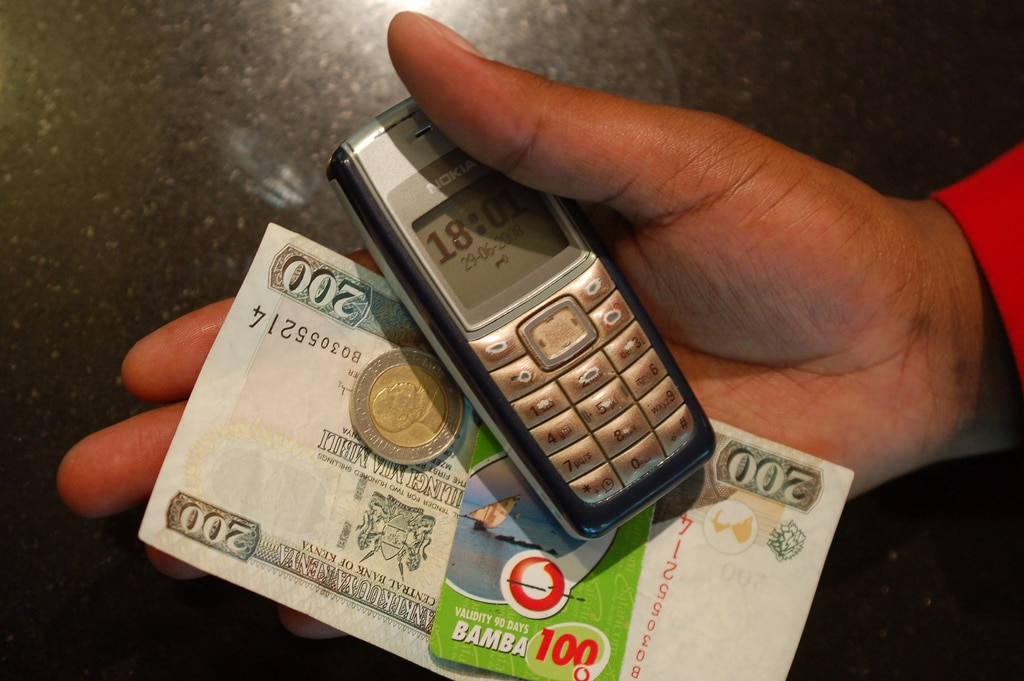As organizations, the business sector has already shown the necessity to develop blockchain-based applications, experimenting with Blockchain’s potential. Blockchain is ready to transform the conventional financial system by incorporating almost every financial asset ranging from web payments to trading in cryptocurrency, including storage. Blockchain became much stronger only with the advent of Defi or Decentralized Finance.
Since 2020, Defi has been powered and pulled an impressive amount of money, thanks to the enthusiasm already created on the market. The overall value locked in protocols of Defi today amounts to 20.460 billion USD, compared to less than 1 billion USD a year earlier, as per Defi-Pulse. The emphasis is on the fact that Defi more than 20 times a year has evolved, which clearly shows how common Defi is.
The status quo of Defi loans was noticed. The managers (Ave, Compound, and Maker) have consolidated as the preferred option for users to loan and borrow tokens of Defi. Defi’s top three creditors are Aave, Creator, and Compound, worth 4.25 trillion USD, 2.82 trillion USD as well, as a total of 2.64 trillion USD.
Let’s know what makes such a successful hit for Defi and Defi Loans. So read and find out.
What Do You Mean by Defi?
In very basic terms, decentralized financing is an environment that functions without third parties or central administrative interventions for financial applications on the basis of Blockchain technology. The P2P network allows anyone to link and control their activities irrespective of their state and location to create decentralized applications. It strives to create a financial services environment free, transparent as well as unauthorized.
The basis for decentralizing finance are intelligent contracts because they run themselves and do not need intermediate surveillance. All is installed in the Ethereum blockchain after the introduction of a Defi concept by Ethereum.
What is the Defi Loan?
The Defi loans platforms strive to give crypto loans without intermediaries, that is, without confidence, and also to enable users to lend their cryptocoins just on the online platform. The borrower may take the loan directly via the decentralized P2P loan platform. Moreover, it enables the donor to take advantage of the loan protocol. Defi’s highest credit growth, as well as the most prevailing contributor to securing crypto assets, is amongst the other decentralized applications (DApps).
Traditional Lending vs. Defi Lending
Defi uses all of its special features and delivers superior performance over conventional lending. The underlying technology is Blockchain. For any payment processing process without a third party involved, Defi Lending provides full transparency and easy access to funds. The borrowers must build an account just on a Defi platform, hold such a cryptocurrency wallet and start intelligent contracts. This offers the easiest borrowing mechanism. Defi provides a censor-free environment that ensures immutability while maintaining no special treatment.
Borrowers and lenders are benefited from challenged lending. It provides options for margin trading, enables investors to loan assets and gain higher costs. It’ll also allow users to obtain fiat currency loans at less than decentralized transactions. In addition, users could sell that on the centralized cryptocurrency exchange and, after that, lend it at last to decentralized markets.
Working of Defi Loans
The underlying cost of crypto-actives could increase or decline, but it does not increase any interest to stay vacant in wallets. It would make no profit only to keep a single cryptocurrency. It is a condition in which Defi loans are presented. Défi loans allow users to give cryptocurrency and gain loan interest to someone else. Banks have always used this service as fully as possible. Now, everyone could become a leader throughout the Defi world. A lender could lend its assets to someone else and generate interest on just that loan. It could be achieved using lending pools, a conventional banks’ credit bureaux.
Users could pool and distribute their assets to creditors through intelligent contracts. It’s indeed suggested and worth spending time in research for your interest form. There are different ways of distributing interest to investors. The same applies to investors because each pool has a differentiated perspective on borrowing.
Collateral associated with such a loan is essential when receiving credit from the bank. The car is itself, for instance, collateral for just the car loan. Then the bank would seize the car when the customer stops giving the loan. The only distinction would be that a system is private and has no tangible properties that are used as collaterals. The decentral system is the same thing. The borrower must have something more important than the value of the loan to receive a loan. Intelligent contracts shall be utilized to deposit at least the same value of this currency with the sum of credit. Borrowing cryptocurrencies can be exchanged using any crypto token. Collaterals are prepared in large variations. For instance, if the user wants to purchase a bitcoin, he should deposit one bitcoin’s price into DAI.
In addition, Bitcoin prices continue to fluctuate. A situation may occur if the value of the collateral falls below the loan value. Now the issue emerges: How is this to be handled? An illustration could help explain it. Let’s claim that the consumer wants 100 DAI to be bought. MakerDAO allows borrower loans of at least 150 percent of the credit value to be secured. The creditor must guarantee the loan at ETH of 150 dollars immediately. So when the collateral value decreases below 150 USD ETH, the liquidation penalty is applied.
Benefits of Defi Loans
Improved speed for loan origination
The much more important benefit of high processing speed is digitally-enabled lending processes. Cloud-based service, fraud detection, and identification analytics, and machine training calculations support Defi’s lending platforms for optimal loan conditions and factors of risk. Eventually, these other technologies help to accelerate the process. The lenders submit offers through e-contracts after the loan is accepted.
Provide Greater lending decisions consistency
Credit policy rules ensure continuity in the decision-making process. Differences in the evaluation and structuring of applicant attributes by underwriters are discharged.
Compliance with State, Local, and Federal laws
Decision rules shall state who, where and when the rules have been applied as well as the rules that have been applied. It acts as proof and guarantees that a lender follows state, federal, and local rules.
Analytics for Portfolio Profitability and Process Improvement
Analytics will make the best out of digital loans for lenders and borrowers. Over a certain length (one week, one month, or one year), monitoring of loan applications will help lenders predict and determine appropriate resources to meet seasonal needs. Analytics also offers insights into the population, sources of loans, credit ranges, etc. By assessing how the characteristics of borrowers and credit strategies influence credit efficiency, the portfolio could be enhanced.
Permissionless
Defi loans allow free and unauthorized access such that anybody with the crypto wallet is able to access Blockchain Defi applications without minimum funding, irrespective of their venue.
Transparency
Each network transaction is broadcast just on public Blockchain and validated by all network users. This degree of transaction transparency allows a comprehensive data review and guarantees validated network connectivity for all users.
Immutability
The decentralized architecture of Blockchain assures manipulative coordination of data and enhances audibility and protection.
Programmability
Smart agreements are extremely programmable, automate the delivery, and allow current digital assets as well as financial instruments to be created.
Interoperability
Any use of interconnected software stacks makes it possible to combine Defi applications and protocols.
Self-custody
Through using web3 wallets (Metamask), Defi loans market participants maintain tight custody and data control.
How Defi Loans programs help the Sector of financial services?
Lending & Borrowing
Defi loaning applications are most often used for peer-peer loan and debt protocols. Among the most common Defi platforms are Compound, Aave, and Maker.
Savings
Defi loan networks have provided many creative ways of managing people’s savings. Users may use the assistance of bearing interest account services and increase their earnings by connecting them to various loan platforms. Interesting accounts will enhance the user’s earnings exponentially compared to conventional savings accounts. Dharma, Argent, and PoolTogether are the most common savings apps.
Asset Management
Challenges such as Metamask, Gnosis Secure, and Argent crypto wallets and lending protocols permit users to become the guardians of the crypto assets. This enables users to communicate easily and safely with decentralized applications and to benefit from services of purchase, sale, transfer of cryptography, and investment interest.
Popular Defi Loans Platform
Maker is the special Defi crypto loan network that only allows DAI tokens to be borrowed. DAI is a stable coin with US dollars in value. Anyone who opens a vault could use Maker, lock their collateral such as BAT or ETH and create DAI as the debt against such collateral. It allows users to share in operating income through management fees that function as network interest rates. Up to 66 percent of the user’s collateral value may be lent from DAI. If the Maker vault falls under the set rate, a 13 percent liquidation and penalty would be imposed to eliminate the vault by default. Liquidated security is traded on the open market at a discount of 3 percent.
Another token offered by Maker is MKR. Throughout the event named black swan, MKR’s holders are the ultimate defensive line. If the security value begins to decrease, MKR will be minted & sold in such at the open market for collecting additional collateral and diluting investors.
Maker’s Oasi Portal is by far the most common location for the use of MakerDAO, which allows the opening, management, and analysis of vaulting systems, the deposit of DAI to DSR.
Aave
This is open source as well as one of Defi’s most common loan protocols in 2020. Aave is indeed the non-custodial platform for liquidity for the sale of deposits and debt. This platform enables users to deposit encryption into a pool & get the same sum of the aTokens. Aave changes the rate of interest algorithmically according to supply and demand. The greater the amount of interest the consumer keeps aTokens.
Compound
That is an autonomous and algorithmic monetary market protocol designed to open up an open-ended universe. It enables users to transfer, receive interest and purchase other cryptocurrencies. Using intelligent arrangements automates the platform resource storage and management. Users can be connected to a compound with Web version 3 wallets, including the Metamask wallet. It is an unauthorized protocol which means that anyone with a crypto wallet could freely communicate with a web connection.
Compound recently released its COMP governance token in 2020, which provides token holders with voting rights on issues such as the choice to implement new properties, protocol updates, or technological upgrades.
The native tokens of Compounds, named cTokens, are utilized for tracking compound positions (provided assets). The tokens are termed ERC20 tokens, which display claims for part of an assets pool in the compound. If the consumer deposits ETH in the compound, for example, the compound is changed into cETH, and if the stable coin of DAI is transferred, it can also be transformed to cDAI. They would each receive interest upon the basis of their rates of interest in certain cases of deposit of coins. This means that cETH is given an interest rate of cDAI and cETH receives an interest rate of cDAI.
Composite finance funds various borrowing and lending activities, including DAI, WBTC, USDT, ETH, REP, USDC, BAT, and ZRX.
DeFi Loans Collateral
Collateral loans are indeed the basis of transparent lending protocols in decentralized funding. Since DeFi enables transparent, pseudo-anonymous finance, there is no credit or formal identification associated with the loan they receive. As a result, most DeFi lending applications, including mortgages, require borrowers to secure their loans as an incentive to keep them responsible for debt refunding. The main difference between conventional collateralization and the DeFi collateralization (as it is now) is that it needs an over-collateralization by the borrower of a loan from Compound or MakerDAO.
Final Words
This in-depth discussion demonstrates the high potential of Defi loans to reform the entire business system. It tries to decentralize conventional core financial services, such as payments, deposits, trading, insurances, and loans. The challenge of lending only with intriguing technology really has huge chances of revolutionizing the global business landscape.




